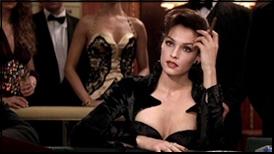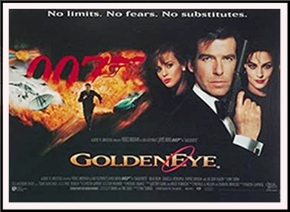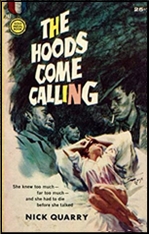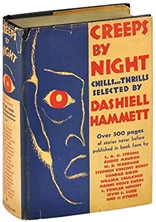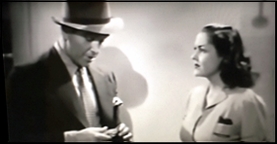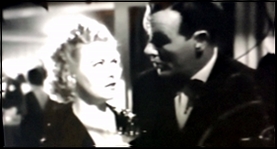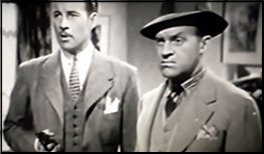Mon 7 Dec 2020
A Mystery Review by David Vineyard: BRADFORD MORROW – The Forgers.
Posted by Steve under Reviews1 Comment
BRADFORD MORROW – The Forgers. Mysterious Press, hardcover, 2014; softcover, 2015.
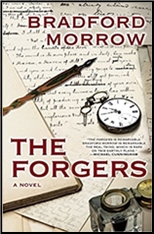
The victim is Adam Diehl, a dealer in rare books and papers, and the unlikely victim of such a brutal crime. Nor is he found immediately dead. He is found with his stumps bound and he lingers in the hospital for some time before dying of shock and a severe head injury that would have left him a vegetable if he lived.
His sister Meghan, who owns a small book store, and her boyfriend Will, a former forger who after a fine and slap on the wrist by the law, now authenticates signatures and inscriptions for a living, are left to puzzle who killed Adam.
Will has long suspected Adam himself was involved in forgery and is reluctant to reveal that to Meghan, but when they start to receive threatening letters, the first in the hand writing of Henry James and a second in the style of Arthur Conan Doyle, Will begins to look deeper into Adam’s dealings and discovers he was involved with one Henry Slader, who was the brains behind his crimes and now is a threat to Meghan and Will.
Even after a year passes and Will and Meghan marry, the threats continue.
The literary thriller is a genre within itself. It varies only from the novel of suspense in both the general literacy of the writers and their intent, which, as much as visceral stimulation, intend intellectual gaming as well, something closer to some of the early examples of the Classic Detective Novel as intellectual game than just a mystery solved.
The characters of Will and Meghan, their relationship, and in particular Will’s passion for the art of forgery he is forbidden from indulging in, all play an important role in the unfolding of the story as Slader’s forged threats grow more serious and his nature more defined.
Morrow has written a sequel, The Forger’s Daughter (Mysterious Press, September 2020), that I look forward to after reading this, if the preview provided at the end of this book is any example. The Forgers proves as twisty as any Agatha Christie plot, with a turn that will set your whole understanding of the book on its ear, and handled with the same aplomb.
To say anymore would risk giving too much away, but this one is a tour de force.





